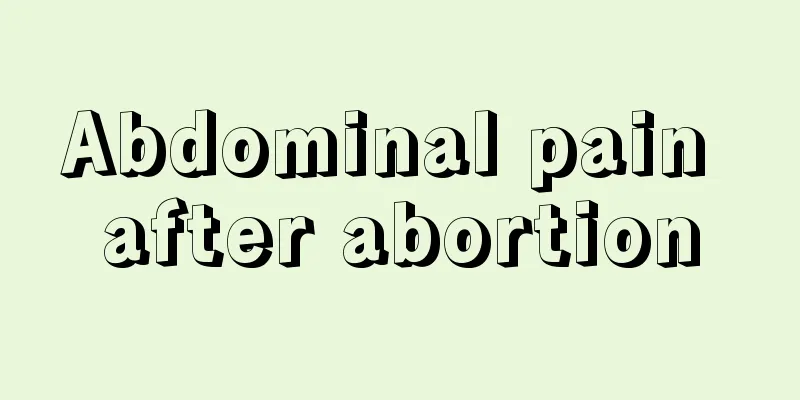What causes uterine fibroids?

|
How are uterine fibroids caused? The exact cause of uterine fibroids is not clear at this stage. Since uterine fibroids are more common in children of childbearing age, rare before puberty, and shrink or disappear after menopause, it is reminded that their occurrence may be related to female hormones. In addition, studies have found that genetic factors can also affect the incidence of uterine fibroids. The causes of uterine fibroids fall into three main categories: I. General elements 1. Age: Uterine fibroids mostly occur in women of childbearing age, most commonly in women aged 30-50. It is rare for adolescent women to suffer from uterine fibroids. Uterine fibroids shrink or disappear after menopause. 2. Obesity: Obesity can cause metabolic disorders, lead to lack of regular estrogen regulation, cause abnormal menstrual cycles, affect ovulation, and increase the risk of uterine fibroids. 3. History of pregnancy and miscarriage: Women without a history of pregnancy and childbirth are more likely to develop uterine fibroids than women with a history of pregnancy and childbirth, and the age of onset is earlier. This is mainly because menstruation increases the estrogen level in women's bodies. 4. Smoking and drinking: Smoking and drinking are very likely to cause uterine fibroids. Studies have shown that women who smoke a pack of cigarettes a day are six times more likely to develop uterine fibroids than non-smoking women. 2. Female hormones 1. Low estrogen: Microbial chemical testing confirmed that the conversion of estradiol to estrone in uterine fibroids was significantly lower than that in normal muscle tissue, and the concentration of estrogen receptors in uterine fibroids was significantly higher than that in nearby muscle tissue. Therefore, it is believed that the high sensitivity of uterine fibroid tissue to estrogen is one of the key factors in the formation of uterine fibroids. 2. Low estrogen. Estrogen has the effect of promoting mitosis of uterine fibroids and stimulating the growth of uterine fibroids. If a woman's body estrogen level is low, it is very likely to cause uterine fibroids. 3. Genetic factors Cell biology shows that 25%-50% of uterine fibroids have cell biology abnormalities, such as exchange of sex chromosome segments, rearrangement of sex chromosome extension arms, or partial absence. Uterine fibroids are formed by the reproduction of monoclonal smooth muscle cells, while multiple uterine fibroids are produced by different replicating somatic cells. |
<<: How big is a uterine fibroid?
>>: Bleeding after uterine fibroid surgery?
Recommend
Pregnancy and constant urge to defecate
During pregnancy, because women are carrying a ch...
How long does it take for the lochia to be clear after giving birth?
After giving birth, there is still some residue i...
Should folic acid be taken in the morning or at night?
Women who plan to get pregnant can go to the hosp...
What causes breast pain after childbirth?
Postpartum breast pain is a problem that troubles...
Is it okay to induce labor at five months?
Induced labor and artificial abortion are both me...
The cool breeze blows, and the cold dew falls - TCM health care suggestions for the cold dew season
Author: Ma Dan Hubei University of Chinese Medici...
How to pass the fetal heart monitoring test
When girls do fetal heart monitoring during pregn...
The ten most fatal flaws of Chinese women
According to a workplace survey, it is easy for C...
What to do if your vagina is itchy at night
Because people's minds are open now, most wom...
What disease should I be afraid of if I have pink vaginal discharge during pregnancy?
During pregnancy, if the leucorrhea changes color...
Will ovulation pain affect pregnancy?
The egg is a special existence in the woman's...
When is the best time for postpartum fumigation?
Many mothers are very weak after giving birth. In...
What causes back and waist pain in women?
Low back pain is a very common symptom clinically...
What causes endometritis?
Endometritis is a common gynecological disease. T...









